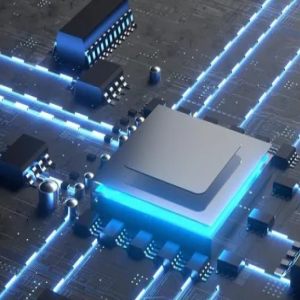
With the continuous development of the automobile industry, electronic technology plays an increasingly important role in automobile design and manufacturing. Especially with the acceleration of the trend of intelligence, automation and electrification, the traditional automotive electronic system is gradually evolving to a higher level of intelligent system. In this context, magnetic sensor as a new precision sensor technology, with its unique physical characteristics and wide application value, has gradually become an indispensable part of automotive electronic products.
一、 The basic principle of magnetic sensor
A magnetic sensor is a device that can detect and respond to changes in the magnetic field. Its working principle is based on sensing magnetic fields, by converting external magnetic field changes into electrical signals. Common magnetic sensors include Hall effect sensors, DG301ACJ magnetoresistive sensors and fluxgate sensors. These sensors have significant performance advantages in different working environments and application scenarios, such as high sensitivity, fast response speed, simple structure, and strong durability.
二、The application of magnetic sensor in automotive electronic system
1. Wheel speed monitoring
In modern cars, the measurement of wheel speed is very important. By using Hall sensors, cars can monitor the rotational speed of each wheel in real time, providing the necessary data for anti-lock braking systems (ABS) and electronic stability control (ESC). These systems improve driving safety by controlling the braking force of the tire, while preventing wheel slippage and loss of control.
2. Position and speed feedback
In electric and hybrid vehicles, magnetic sensors are used for rotor position and speed detection of electric motors. This real-time feedback allows the ECU to more precisely regulate the operating state of the motor to optimize energy consumption and improve power performance. In conventional fuel vehicles, magnetic sensors can also be used to detect the crankshaft position of the engine to ensure accurate ignition timing.
3. Direction detection
In the steering system of modern automobile, magnetic sensor is widely used in the position feedback of steering gear. By monitoring the Angle of the steering wheel, the sensors can help improve the vehicle's handling stability and provide critical data to the driver assistance system inside the vehicle. In addition, many high-end car blind spot monitoring, lane keeping and other functions also rely on magnetic sensors to accurately capture the car's orientation.
4. Fuel tank and flow monitoring
With the concern of environmental protection and fuel economy, the monitoring of oil quantity and flow in automobile fuel system is very important. The magnetic sensor can accurately feed back the amount of oil by monitoring the position of the magnetic float ball in the tank. At the same time, in the fuel injection system, the flow sensor can adjust the injection amount by detecting the magnetic field change of fuel flowing through the pipeline. This process is of great significance for improving fuel efficiency and reducing emissions.
5. Battery management system
In electric and hybrid vehicles, the battery management system (BMS) is a key component in ensuring battery performance and safety. The magnetic sensor can be used to monitor the status of the battery module, including the detection of the battery charge and discharge current and the feedback of the battery connection status. Through real-time monitoring of the magnetic field, the BMS can adjust the working state of the battery in time to prevent safety hazards such as overcharge, overdischarge and short circuit.
三、The advantages and prospects of magnetic sensors
Magnetic sensors have obvious advantages over other types of sensors in automotive applications. First, magnetic sensors can work stably in harsh environments, such as high temperature, high humidity or strong electromagnetic interference environments, so their reliability is particularly outstanding in modern vehicles. Second, the response time of magnetic sensors is extremely fast, enabling real-time data processing, which is crucial for the development of technologies such as autonomous driving.
From the perspective of technological development trends, with the popularity of smart cars, the application of magnetic sensors will be more extensive. Cars of the future will move towards higher levels of autonomous driving, and magnetic sensors will continue to play a key role in the perception, decision-making and execution levels of vehicles. Especially in the application scenario of multi-sensor fusion, the magnetic sensor will collaborate with a variety of sensors such as lidar and cameras to jointly improve the level of intelligent control of the car.
四、 Market demand and challenges
As consumer demand for automotive intelligence continues to grow, automotive manufacturers have increased their investment in advanced sensor technology. Market research shows that the demand for magnetic sensors will grow at a faster rate and be widely used in all types of passenger cars and commercial vehicles. However, in the face of fierce market competition, magnetic sensor manufacturers need to continue to innovate, improve product performance, and reduce costs to meet the changing market demand. At the same time, the standardization and compatibility requirements for sensors are also increasing, and companies need to effectively address these challenges to gain market advantage.
In the wave of scientific and technological development, the application of magnetic sensors in automotive electronic products has completely changed the operation mode of traditional automobiles. With the continuous advancement of future technology, magnetic sensors will not only be limited to the current scope of application, but also provide more possibilities for innovation in the automotive industry.
The Products You May Be Interested In
 |
1082 | MECHANICAL DECADE COUNTERS - LAR | 196 More on Order |
 |
3870 | MINI ON/OFF PUSH-BUTTON SWITCH | 446 More on Order |
 |
471 | SWITCH PUSHBUTTON SPST-NO WHT | 1241 More on Order |
 |
375 | MAGNETIC CONTACT SWITCH (DOOR SE | 554 More on Order |
 |
3721 | DIGITAL TEMPERATURE AND HUMIDITY | 331 More on Order |
 |
352 | AC/DC DESKTOP ADAPTER 12V 60W | 246 More on Order |
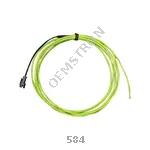 |
584 | WIRE STARTER PK EL GRN 2.5M-8.2' | 472 More on Order |
 |
588 | WIRE STARTER PK EL PNK 2.5M-8.2' | 149 More on Order |
 |
306 | ADDRESS LED STRIP SERIAL RGB 5M | 242 More on Order |
 |
2964 | ADDRESS LED STRIP SERIAL RGB 4M | 323 More on Order |
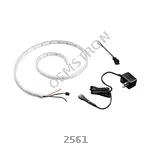 |
2561 | ADDRESS LED STRIP SERIAL RGB 1M | 390 More on Order |
 |
2562 | ADDRESS LED STRIP SERIAL RGB 1M | 341 More on Order |
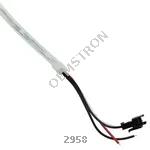 |
2958 | ADDRESS LED STRIP SERIAL RGB 1M | 236 More on Order |
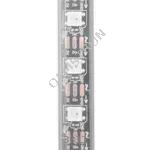 |
3811 | ADDRESS LED STRIP SERIAL RGB | 430 More on Order |
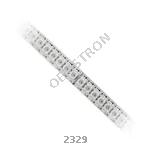 |
2329 | ADDRESS LED STRIP SERIAL RGB | 460 More on Order |
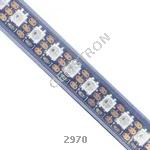 |
2970 | ADDRESS LED STRIP SERIAL RGB 1M | 320 More on Order |
 |
3862 | FLEXIBLE SILICONE NEON-LIKE LED | 339 More on Order |
 |
1694 | DISPLAY 10.1"" 1280X800 IPS AUDIO | 267 More on Order |
 |
1933 | 7"" TFT DISPLAY 800 X 480 | 133 More on Order |
 |
910 | 1.5"" TFT DISPLAY 160 X 240 | 426 More on Order |
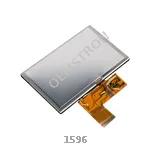 |
1596 | DISPLAY TFT 5"" 40P 800X480 TOUCH | 204 More on Order |
 |
2407 | HDMI 7 800X480 DISPLAY BACKPACK | 476 More on Order |
 |
498 | RGB BACKLIGHT NEGATIVE LCD | 494 More on Order |
 |
284 | BRIDGE USB 2.0 MODULE | 638 More on Order |

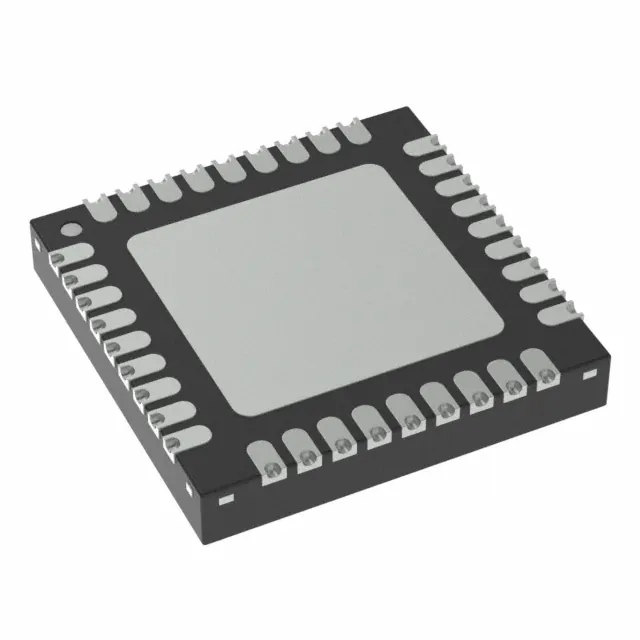 Semiconductors
Semiconductors









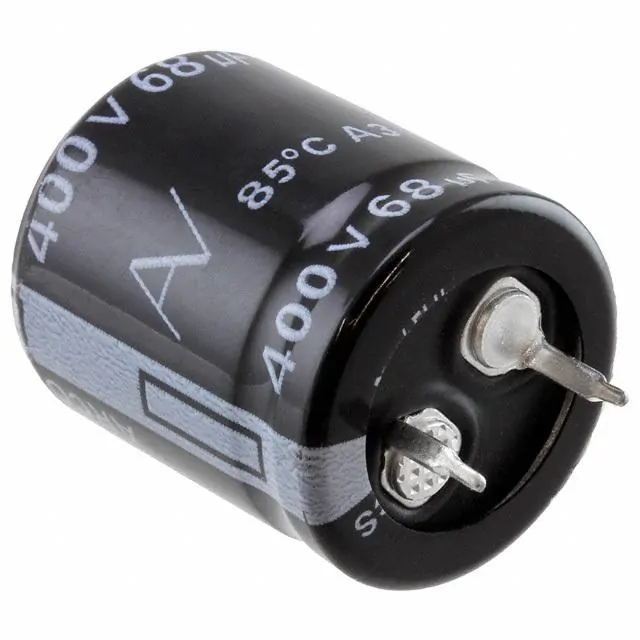 Passive Components
Passive Components









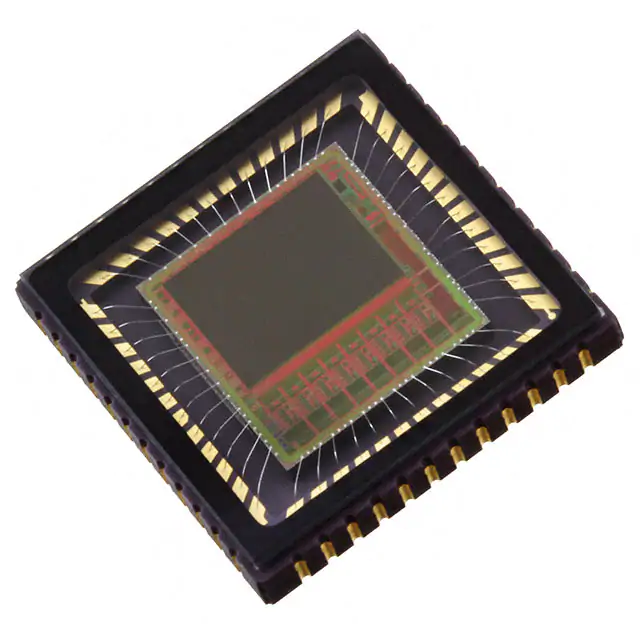 Sensors
Sensors








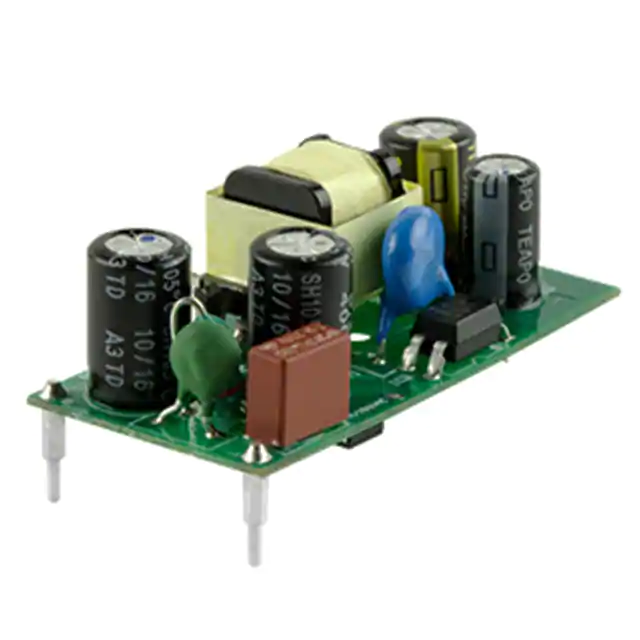 Power
Power









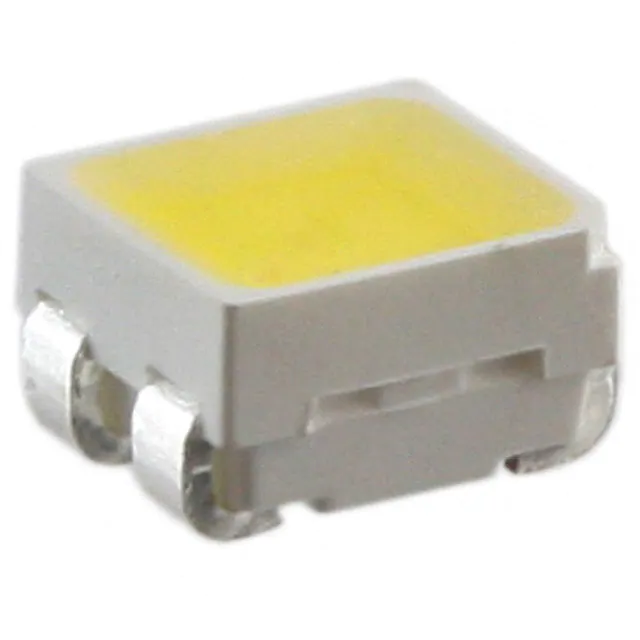 Optoelectronics
Optoelectronics








